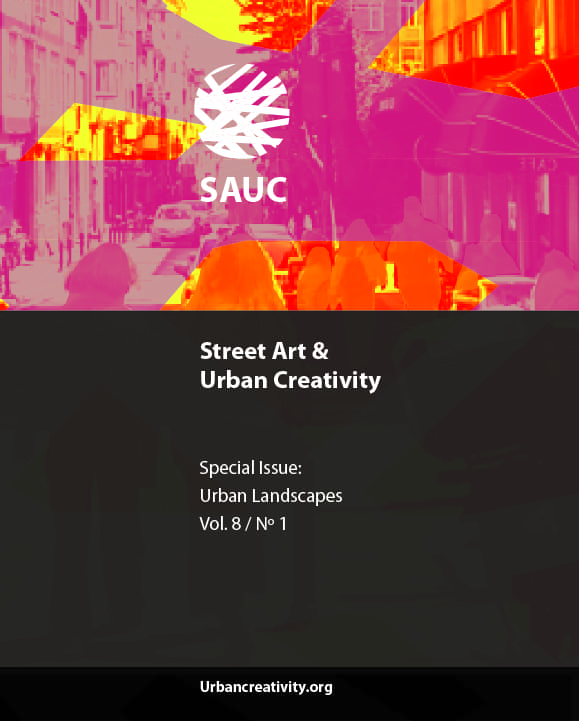Interpretations and Comparisons of Pedestrian Movement and Land Use Activities in Kadıköy Region Using Space Syntax Method
DOI:
https://doi.org/10.25765/sauc.v8i1.585Keywords:
pedestrian movement; space syntax; land use effects; İstanbulAbstract
Prevailing theories of urban form suggest that pedestrian movement characterizes land uses, which in turn take advantage of 'natural movement' generated by the grid configuration. The present paper investigated a configurational method of the urban grid for transit movement and as the main generator of movement patterns. A morphological method, namely space syntax analysis, was employed in the Kadıköy region, with an aim to understand, how the pedestrian movement was generated via a vis the urban layout. Axial analyses include defining the central cores of the settlement and determining the most intense movement in those centers, whereas segment analysis determines the scales and limits of the movement towards the points in such centers. Accordingly, axial maps were developed and analyzed in order to forecast the general functioning of Kadıköy grid. Measures of ‘axial integration’ for properties of the grid and segment analyses in micro-spatial characteristics of Kadıköy were used to investigate transit movement with an aim to gain an insight into movement patterns. Furthermore, correlation of segment and axial analyses were also performed to better simulate the movement. The present paper aimed to investigate the density of pedestrian movement by the characteristics and syntactic properties of urban space that identified limitations in the prediction of movement.
Downloads
Global Statistics ℹ️
|
233
Views
|
66
Downloads
|
|
299
Total
|
|
Downloads
Published
How to Cite
Issue
Section
License
Those authors who publish in this journal accept the following terms:
-
Authors retain copyright.
-
Authors transfer to the journal the right of first publication. The journal also owns the publishing rights.
-
All published contents are governed by an Attribution-NoDerivatives 4.0 International License.
Access the informative version and legal text of the license. By virtue of this, third parties are allowed to use what is published as long as they mention the authorship of the work and the first publication in this journal. If you transform the material, you may not distribute the modified work. -
Authors may make other independent and additional contractual arrangements for non-exclusive distribution of the version of the article published in this journal (e.g., inclusion in an institutional repository or publication in a book) as long as they clearly indicate that the work was first published in this journal.
- Authors are allowed and recommended to publish their work on the Internet (for example on institutional and personal websites), following the publication of, and referencing the journal, as this could lead to constructive exchanges and a more extensive and quick circulation of published works (see The Effect of Open Access).













